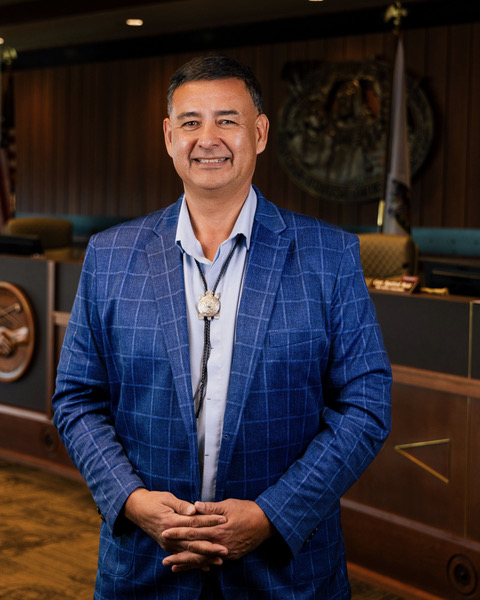Christmas Meditation by Fr. Roger A. Synek As Christmas is just around the corner, let’s use one of St. Ignatius’ meditation techniques and ponder what that first Christmas might have...
This content is for MHATimes 1 Month, MHATimes Annual, and MHATimes Premium members only.
Login Join Now
